Administering Microsoft Exchange Server 2016/2019 M20345-1 Overview
Administering Microsoft Exchange Server 2016/2019 (M20345-1) Course Outline
Module 1: Deploying Exchange Server
- Overview of Exchange Server
- Exchange Server Architecture
- Requirements for Exchange Server
- Deploying Exchange Server Exchange Server
- Exchange Server Management Tools
Lab: Deploying Exchange Server
- Evaluating Requirements and Prerequisites for an Exchange Server 2019 Installation
- Deploying Exchange Server 2019
- Verifying Exchange Server Functionality
Module 2: Managing Exchange Server 2016 Storage
- Exchange Server Mailbox Databases
- Exchange Server Storage
- Configuring Exchange Server Mailbox Databases and Storage
Lab: Configuring Exchange Server Storage
- Creating and Configuring Mailbox Databases
Module 3: Managing Recipient Objects
- Managing User Mailboxes
- Managing Other Types of Mailboxes
- Managing Other Recipients Objects
- Configuring Policies and Adress Lists
Lab: Managing Recipient Objects
- Configuring Recipient Objects
- Managing Public Folder Mailboxes
Lab: Configuring Address Lists and Policies
- Managing Email Address Policies
- Managing Address Lists and Address Book Policies
Module 4: Managing Recipients and Exchange Servers by using Exchange Server cmdlets
- Overview of the Exchange Management Shell
- Managing Exchange Servers by using Exchange Management Shell cmdlets
- Managing Exchange Servers by using Scripts
Lab: Managing Exchange Server and recipient objects by using Exchange Management Shell
- Using Exchange Management Shell to Manage Recipients
- Using Exchange Management Shell to Manage Exchange Server
Module 5: Implementing Client Connectivity
- Configuring Client Access Services
- Managing Client Access Services
- Client Connectivity in Exchange Server
- Configuring Outlook on the Web
- Configuring Mobile Messaging
Lab: Configuring Client Access Services
- Configuring Namespaces for Client Access
- Configuring Certificates for Client Access
- Configuring Custom MailTips
Lab: Deploying and Configuring Client Access Services on Exchange Server
- Configuring Exchange Server for Outlook
- Configuring Outlook on the web
- Configuring Microsoft Exchange ActiveSync
Module 6: Managing High Availability in Exchange Server
- High Availability on Exchange Server
- Configuring Highly Available Mailbox Databases
- Configuring High Availability of Client Access Services
Lab: Implementing DAGs
- Creating and Configuring a DAG
Lab: Implementing and Testing High Availability
- Deploying a High Availability Solution for Client Access Services
- Testing the High Availability Configuration
Module 7: Implementing Disaster Recovery for Exchange Server
- Implementing Exchange Server Backup
- Implementing Exchange Server Recovery
Lab: Backing up Exchange Server Data
- Backing up an Exchange Server Mailbox Database
Lab: Restoring Exchange Server Data
- Restoring Exchange Server Mailbox
- Restoring a Database Availability Group (DAG) Member (optional)
Module 8: Configuring and Managing Message Transport
- Overview of Message Transport
- Configuring Message Transport
- Managing Transport Rules
Lab: Configuring and Managing Message Transport
- Configuring Message Transport
- Monitoring and Verifying Message Delivery
- Configuring a Disclaimer Transport Rule
- Configuring a DLP Policy for Financial Data
Module 9: Configuring Message Security
- Deploying and Managing an Edge Transport Server for Message Security
- Implementing an Antivirus Solution for Exchange Server
- Implementing an Antispam Solution for Exchange Server
Lab: Configuring Message Security in Exchange Server
- Configuring and Testing EdgeSync
- Configuring Antivirus, Antispam and Malware Protection Features
Module 10: Monitoring and Troubleshooting Exchange Server
- Monitoring Exchange Server
- Troubleshooting Exchange Server
Lab: Monitoring and Troubleshooting Exchange Server
- Monitoring Exchange Server
- Troubleshooting Database Availability
- Troubleshooting Client Access Servers
Module 11: Securing and Maintaining Exchange Server
- Securing Exchange Server by using RBAC
- Configuring Audit Logging in Exchange Server
- Maintaining Exchange Server
Lab: Securing and Maintaining Exchange Server
- Configuring Exchange Server Permissions
- Configuring Audit Logging
- Maintaining Exchange Server
Module 12: Implementing and Managing Exchange Online Deployments
- Overview of Exchange Online and Office 365
- Managing Exchange Online
- Implementing the Migration to Exchange Online
- Managing a Hybrid Environment
Lab: Managing Exchange Online
- Managing Exchange Online


Who should attend this Administering Microsoft Exchange Server 2016/2019 M20345-1 Course?
The Administering Microsoft Exchange Server 2016/2019 M20345-1 Course is designed for IT professionals and administrators who want to learn how to manage and administer Microsoft Exchange Server 2016 or 2019 in their organisation. This course will benefit the following professionals:
- Exchange Administrators
- System Administrators
- Network Administrators
- Deployment Specialists
- Technical Consultants
- Messaging Engineers
- Aspiring IT Professionals
Prerequisites of the Administering Microsoft Exchange Server 2016/2019 M20345-1 Course
Delegates in the Administering Microsoft Exchange Server 2016/2019 M20345-1 course need specific technical knowledge. This includes a minimum of two years of experience with Windows Server, Active Directory Domain Services (AD DS), and name resolution (including DNS). Additionally, delegates should understand TCP/IP, networking concepts, security concepts (authentication and authorisation), and be familiar with SMTP. A working knowledge of PKI technologies, especially Active Directory Certificate Services (AD CS), is required.
Administering Microsoft Exchange Server 2016/2019 (M20345-1) Course Overview
Administering Microsoft Exchange Server 2016/2019 (M20345-1) is vital for IT professionals, offering crucial skills in deploying and managing Exchange Server. In today's communication-centric workplace, this training is highly relevant, providing expertise in configuration and troubleshooting for secure email operations.
Mastery of this subject is vital for IT professionals responsible for maintaining robust email infrastructures. System administrators, IT managers, and those involved in the deployment and management of Exchange Server will find this course invaluable. By delving into topics such as client connectivity, disaster recovery, and high availability, delegates will gain a deep understanding of how to navigate complex Exchange Server deployments.
The 5-day training by the Knowledge Academy offers delegates a comprehensive learning experience. Delegates will learn to deploy, plan, and configure Exchange Server effectively. The course provides hands-on experience in managing mail recipients, implementing disaster recovery solutions, and ensuring high availability. Delegates will gain practical insights into configuring message transport, ensuring message security, and monitoring Exchange Server deployments.
Course Objectives
- To deploy Exchange Server
- To plan and configure storage for Exchange Server
- To create and manage various recipient objects in Exchange Server
- To perform recipient management and Exchange server management tasks using Exchange Server cmdlets
- To deploy Client Access services in Exchange Server
- To manage high availability in Exchange Server
Upon completing the Microsoft Exchange Server Course, delegates will emerge with a robust skill set, capable of deploying and managing Exchange Server effectively. This newfound expertise will empower them to plan and configure storage, implement disaster recovery solutions, and ensure high availability.


What’s included in this Administering Microsoft Exchange Server 2016/2019 M20345-1 Course?
- World-Class Training Sessions from Experienced Instructors
- Digital Delegate Pack


Why choose us
Ways to take this course
Experience live, interactive learning from home with The Knowledge Academy's Online Instructor-led Administering Microsoft Exchange Server 2016/2019 M20345-1. Engage directly with expert instructors, mirroring the classroom schedule for a comprehensive learning journey. Enjoy the convenience of virtual learning without compromising on the quality of interaction.
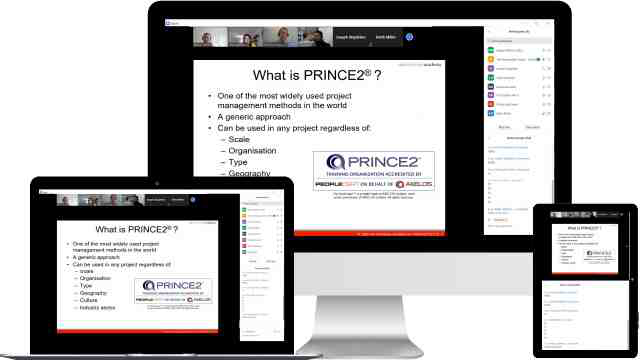
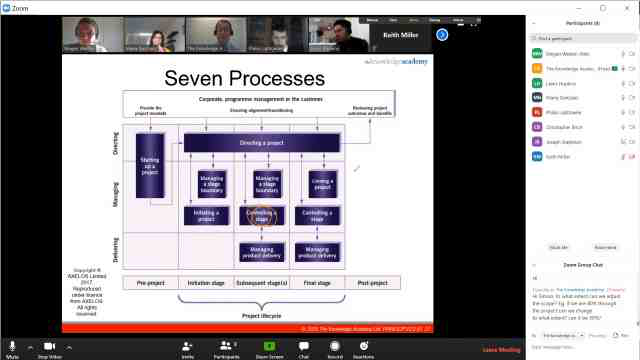
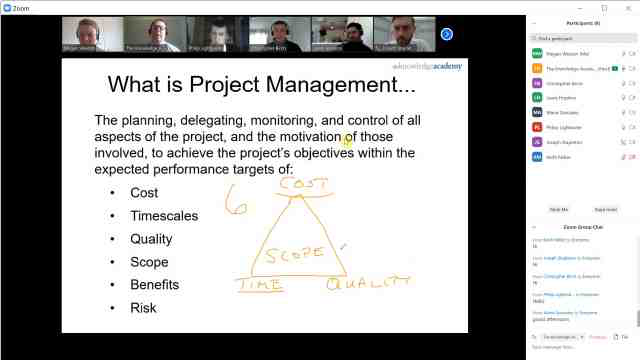
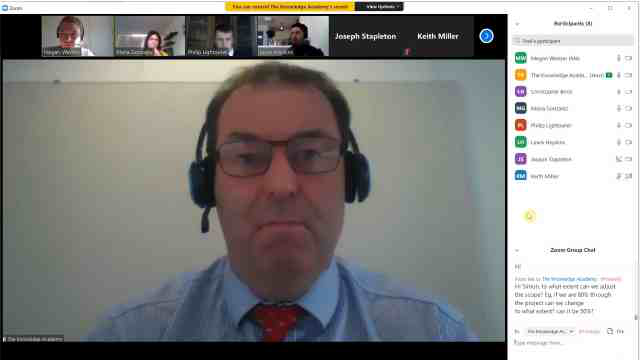
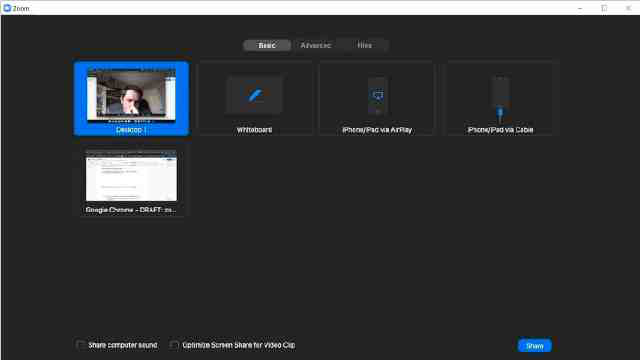
Unlock your potential with The Knowledge Academy's Administering Microsoft Exchange Server 2016/2019 M20345-1, accessible anytime, anywhere on any device. Enjoy 90 days of online course access, extendable upon request, and benefit from the support of our expert trainers. Elevate your skills at your own pace with our Online Self-paced sessions.
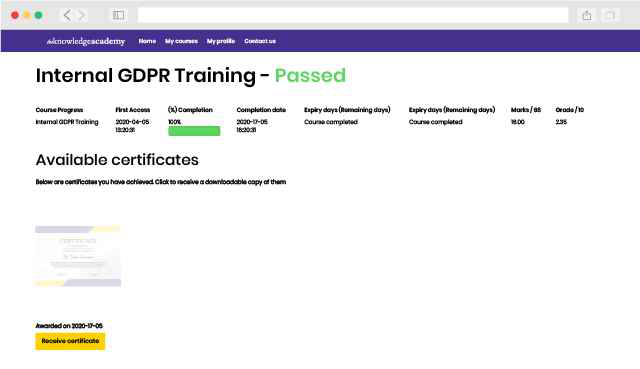
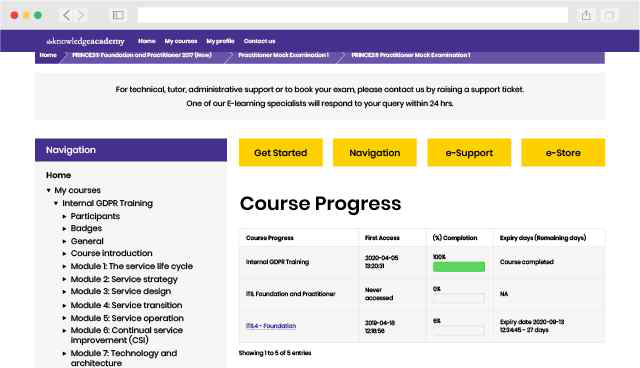
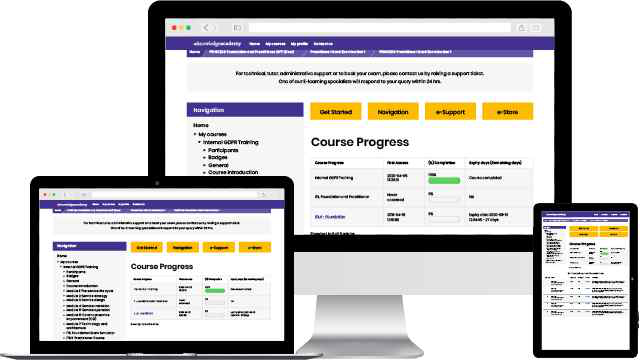
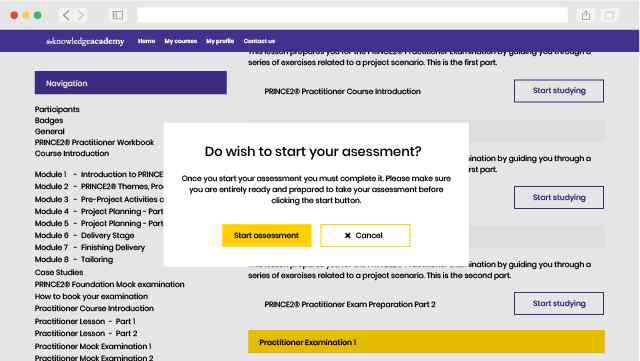
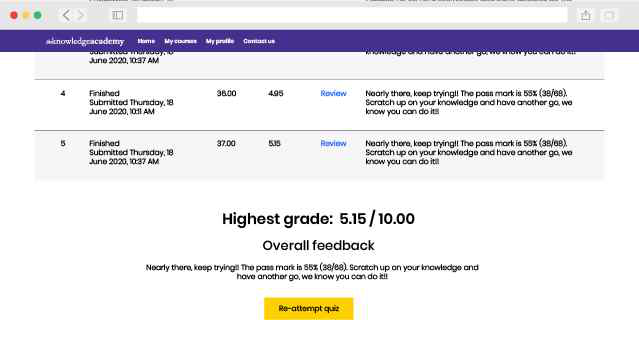
Experience the most sought-after learning style with The Knowledge Academy's Administering Microsoft Exchange Server 2016/2019 M20345-1. Available in 490+ locations across 190+ countries, our hand-picked Classroom venues offer an invaluable human touch. Immerse yourself in a comprehensive, interactive experience with our expert-led Administering Microsoft Exchange Server 2016/2019 M20345-1 sessions.

Highly experienced trainers
Boost your skills with our expert trainers, boasting 10+ years of real-world experience, ensuring an engaging and informative training experience

State of the art training venues
We only use the highest standard of learning facilities to make sure your experience is as comfortable and distraction-free as possible

Small class sizes
Our Classroom courses with limited class sizes foster discussions and provide a personalised, interactive learning environment

Great value for money
Achieve certification without breaking the bank. Find a lower price elsewhere? We'll match it to guarantee you the best value
Streamline large-scale training requirements with The Knowledge Academy’s In-house/Onsite Administering Microsoft Exchange Server 2016/2019 M20345-1 at your business premises. Experience expert-led classroom learning from the comfort of your workplace and engage professional development.

Tailored learning experience
Leverage benefits offered from a certification that fits your unique business or project needs

Maximise your training budget
Cut unnecessary costs and focus your entire budget on what really matters, the training.

Team building opportunity
Our Administering Microsoft Exchange Server 2016/2019 M20345-1 offers a unique chance for your team to bond and engage in discussions, enriching the learning experience beyond traditional classroom settings

Monitor employees progress
The course know-how will help you track and evaluate your employees' progression and performance with relative ease
What our customers are saying
very interesting
Raffaele Benizio
Administering Microsoft Exchange Server 2016/2019 M20345-1 FAQs

Why choose us

Best price in the industry
You won't find better value in the marketplace. If you do find a lower price, we will beat it.
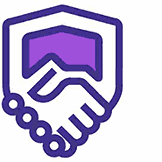
Trusted & Approved
Microsoft Exchange Server Training

Many delivery methods
Flexible delivery methods are available depending on your learning style.

High quality resources
Resources are included for a comprehensive learning experience.




"Really good course and well organised. Trainer was great with a sense of humour - his experience allowed a free flowing course, structured to help you gain as much information & relevant experience whilst helping prepare you for the exam"
Joshua Davies, Thames Water



Looking for more information on Microsoft Exchange Server Training?
 Back to course information
Back to course information
Microsoft Exchange Server 2016/2019 Certification
Save upto 40%Included courses:
Designing and Deploying Microsoft Exchange Server 2016/2019 M20345-2€9995
Administering Microsoft Exchange Server 2016/2019 M20345-1€9995
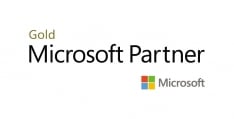

Total without package: €19990
Package price: €11995 (Save €7995)
Limited budget?
 If you miss out, enquire to get yourself on the waiting list for the next day!
If you miss out, enquire to get yourself on the waiting list for the next day!














 If you wish to make any changes to your course, please
If you wish to make any changes to your course, please

